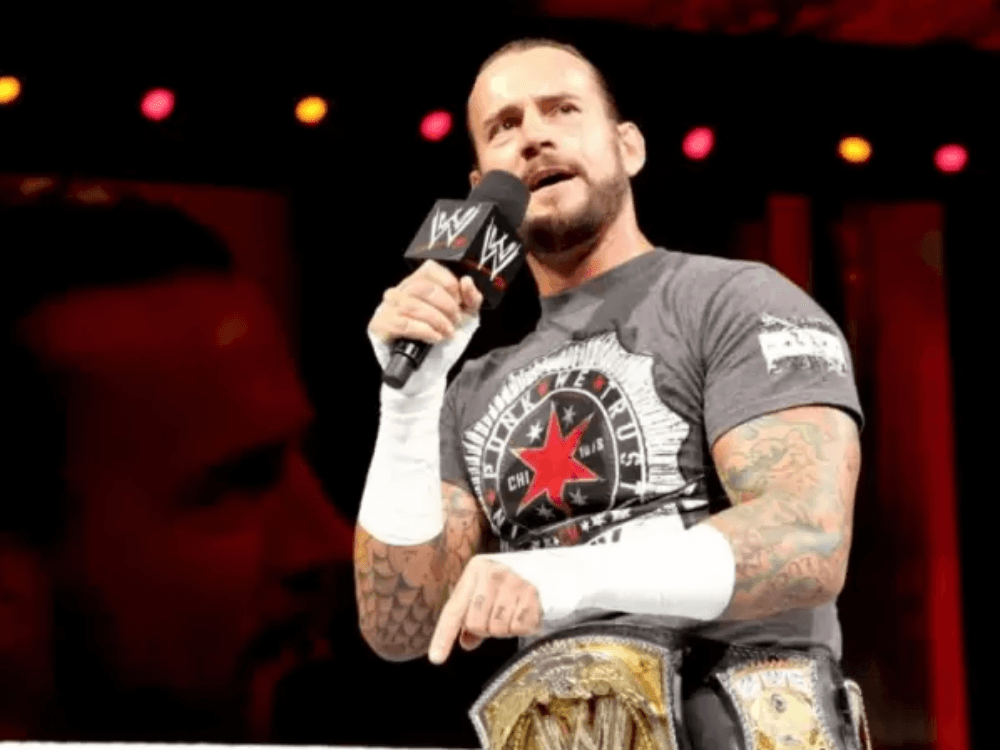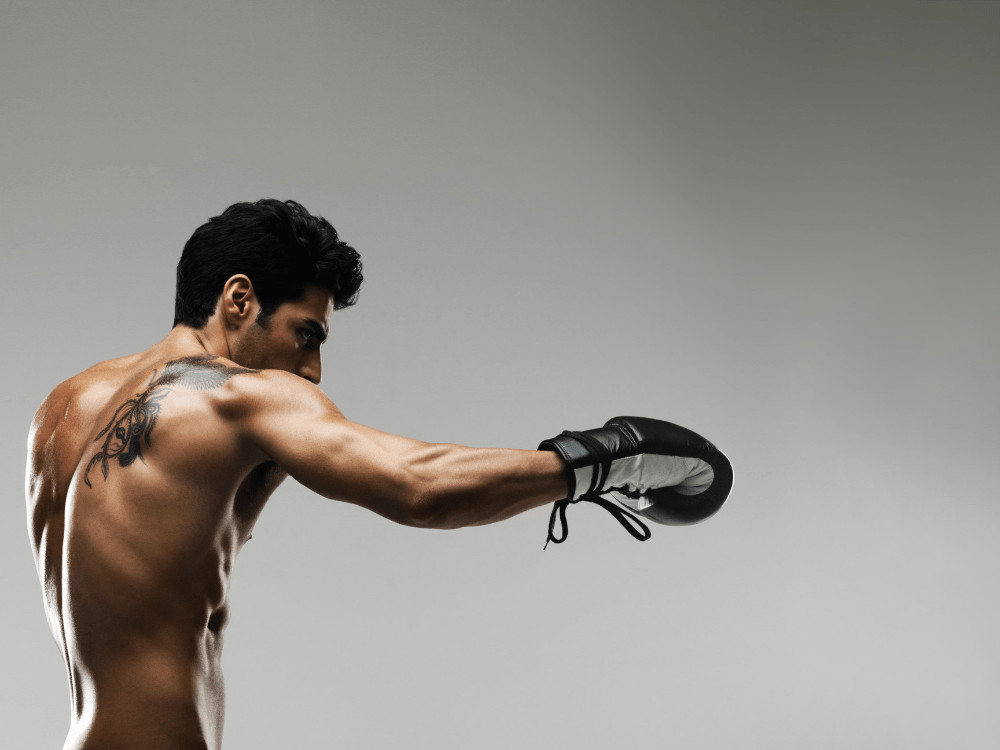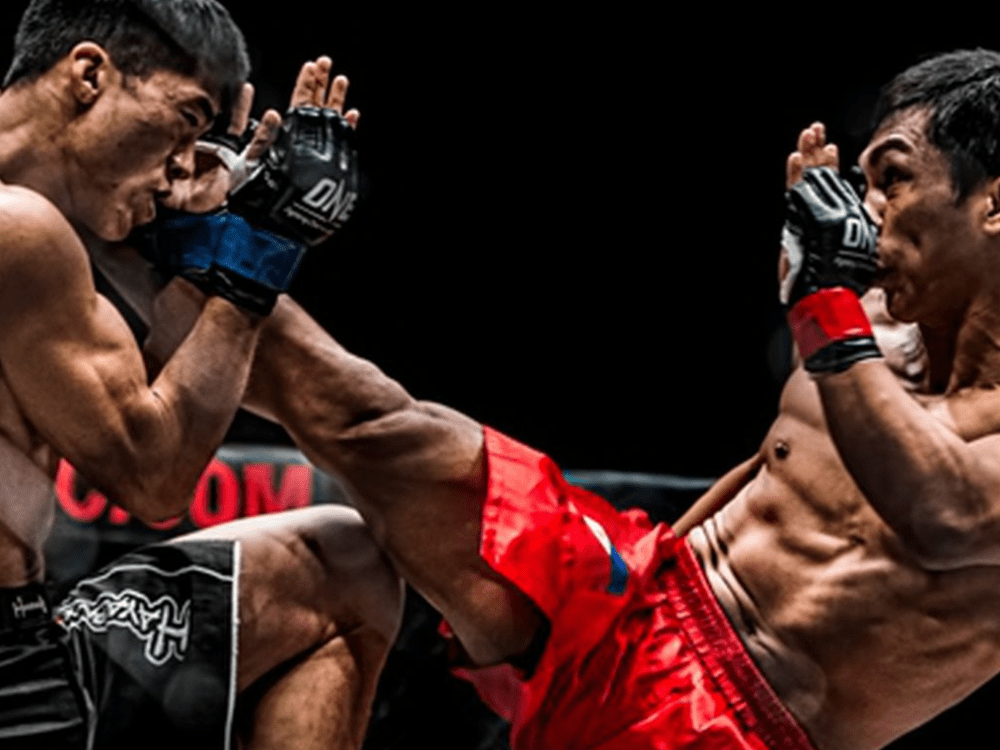

Mixed Martial Arts (MMA) has witnessed exponential growth in popularity over time, capturing spectators with its combination of several fighting styles. As the sport continues to change, different nuances emerge shaping the look of MMA. In this article, we will delve into what is happening today on MMA scene, starting from state-of-the-art training approaches up to revolutionary rule change implementations. Join us as we plunge deep into the world of MMA, exploring what’s fresh within this dynamic game.
Through the years, talented female fighters have been making tremendous strides in women’s MMA leading to a surge recently. Organizations such as UFC have introduced women’s divisions which provide platforms for female athletes to showcase their talent. New stars like Ronda Rousey, Amanda Nunes and Valentina Shevchenko have not only taken competition to a new level but also inspired young women becoming boxers themselves. Women are no longer second class citizens on the combat sport arena; they deserve a place among men.
Like every other aspect of it that keeps growing so fast, is training techniques employed by MMA fighters evolving globally? In earlier times, boxing or Brazilian Jiu-Jitsu was understood to be sufficient by many if not all players of this game. However, modern day approach towards training for mixed martial arts incorporates aspects from various disciplines such as wrestling Muay Thai Brazilian Jiu-Jitsu etcetera . This kind of holistic preparation enables fighters acquire comprehensive skills set that is applicable in all possible situations inside the cage. Furthermore, specialized strength training and conditioning programs have been developed to help athletes reach their optimum performance levels.
However, physical training cannot be done without mental preparation as well in MMA. Today’s fighters focus more on mental strength and fortitude. The art of visualization meditation and sports psychology are part of athletes’ training regimes aimed at helping them stay focused, confident and calm during fights. Generally, this aspect is important for any fighter because it is what ultimately makes the difference between winning or being defeated in an MMA fight which means having a strong mindset.
Technology has become a prevalent feature of many aspects of human life including sport during this digital age we live in today. Sports such as MMA have not been left behind either as fighters and coaches are resorting to using performance analytics to improve their competitiveness. Advanced tracking systems combined with data analysis tools are used to oversee various aspects of fighter’s performance metrics like striking accuracy, takedown defense and cardio output among others. This analytic-based approach helps fighters highlight areas they need work on; thus helping them make informed decisions by personalizing their workouts accordingly.
There have been several alterations made on the rules of MMA over time, with organizations constantly trying to achieve a balance between thrill and protection. One significant change was the introduction of weight classes which ensured that competition is fair while at the same time reducing the chances of extreme weight cutting. Furthermore, there are now enhanced safety measures in place, such as more stringent medical screenings and concussion protocols for fighters. They are intended to make mixed martial arts safer for both athletes participating in it and those watching it.
MMA is no longer a sport only popular in some few countries. There has been extensive global expansion of this sport by promotions like UFC hosting events in many parts of the world. It has not only allowed fighters from different regions to showcase their skills but also introduced new audiences to the game. This has therefore made MMA become an international phenomenon bringing together fans across diverse backgrounds as well as cultures.
Mixed martial arts (MMA) has come a long way since its inception in the early 1990s when specific styles dominated. However, there is now much greater variety among techniques employed by fighters compared with even just over ten years ago. In order to develop comprehensive skill sets, today’s fighters train in various martial arts disciplines.
Muay Thai striking everywhere: Muay Thai kickboxing is famous for its devastating kicks and knees that add new dimensions to stand-up fighting, including a bit more elbow strikes.
Wrestling evolves further: Wrestlers who were initially limited to takedowns, ground-and-pound,and top control now drill submissions from dominant positions too.
BJJ offense is emphasized: Jiu-jitsu experts still hunt submissions off their backs; however they are beginning to focus on attacking from guard with sweeps and submissions rather than simply defending themselves from being passed out.
Karate techniques like question mark kicks and spinning back fists are flashy. There is a higher level of risk involved, but these acrobatic strikes often end fights with clean blows.
Boxing combinations and footwork have never been crisper: MMA gloves permit the use of all types of boxing punches that only used to be seen in the rings.
The blending of different disciplines has led to unprecedented creativity and excitement inside the Octagon. Therefore, it is an expectation that fans will see fighters who continually push boundaries by discovering new paths toward victory as the sport develops further.
In recent years, equipment improvements have also supported athlete performance gain and safety. MMA gloves on the other hand have better protection for hands through more padding with some wraps.
Mouthguards are not exceptional too. The new mouthguards are comfortable and breathable unlike the old ones due to better materials like thermoplastic. Some of the high-end designs even claim to reduce impact forces.
Other upgrades in sporting gear include:
As the sport grows into bigger business, manufacturers should expect more R&D money devoted towards development of state-of-the-art MMA products this year. This means that it is likely that both safety and performance will be optimized together next year as well.
There is one area where MMA is actively improving: weight cutting practices. In pulling down to a lower division during fight night, some fighters would cut over 20 pounds or thereabout. However, extreme dehydration poses risks and gives rehydrated opponents size advantages.
Promoters are now insisting on hydration testing around weigh-ins. High toxicity levels may mean moving up a weight class for health purposes among fighters involved. Weight classes are also being adjusted, with flyweight added for women and men’s divisions expanded by 3 pounds each.
The overall aim of these reforms is to discourage dangerous cuts while maintaining competition as fair as possible. A healthier sport is better for athletes as well as fans who follow it up closely. Thus, weight management will continue to be an ongoing process as long as MMA continues growing into maturity.
Elite MMA gyms have become fully-fledged performance institutes. Beside customary martial arts instruction, fighters now receive sports psychology, strength & conditioning workouts, physiotherapy and nutrition advice from a dedicated support staff.
Nutrition science for instance has improved greatly in the last decade. Fighters know all about macronutrients and micronutrients, rehydration protocols, cutting/bulking cycles and so on. Healthy eating means eating clean whole foods packed with nutrients and taking supplements to optimize health and recovery.
Some of the top camps even have registered dieticians and nutritionists. Meal plans that are personalized look at an individual athlete’s body type, training loadings, weight class among other things. Hence proper fueling equals more work capacity as well as fight night results point to better physical outcomes.
With MMA maturing there is anticipation of increased sophistication in how athletes’ back-up systems develop. This means that the sport will reach its pinnacle using a comprehensive high-performance approach.
MMA is truly global nowadays. While America and Brazil remain superpowers, promotions like the UFC now regularly hold events internationally.
There are emerging countries in MMA with exciting new talent pools. For example fighters from Asia, Oceania, Middle East and Africa are making their presence felt globally.
The sport’s cultural impact increases every year thanks to the wider broadcasting deals together with social media engagement. MMA brings together all martial arts across the world under one umbrella of sport.Is there a bright future for this sport worldwide?
Q: How has judging criteria changed?
A: Judging became stricter on effective striking/grappling over aggression alone. Scoring also takes into account cage control; damage done by fighter etc.. Nevertheless subjective calls are still made here thereby leading to more discussions around it through instant replay may be used by judges..
Q: What effect has increased medical oversight had?
A: This is because pre/post-fight medicals have helped to identify problems. Stricter concussion protocols protect fighters. Ringside physicians recently started stopping fights immediately when there are knockouts or visible injuries. In general, lots of safety has been achieved through the recent progress in medicine.
Q: How do fighters prevent injuries in training?
A: Proper warmups, healing interventions such as ice baths/massage, specific power training to rectify weaknesses, monitoring loadings of training themselves by taking occasional deload weeks and seeing physical therapists regularly by top camps are some ways they minimize the likelihood of injury. The right nutrition also helps the body endure high-level MMA training.
Q: What role does sports science play now?
A: Such aspects like video analysis, sleep optimization, injury prevention protocols and tailor made strength/conditioning programs that monitor vitals among others are all part of sports science. Tracking metrics enables camps to properly periodize their trainings while avoiding overtraining and identifying any problems early enough. Science guides periodization for peak performance on fight night.
Q: How do you think MMA will evolve in the future?
A: Prospects involve weight classes designed even more precisely around natural divisions, inclusion of more standup-centric rules similar to those from kickboxing/Muay Thai plus more concern about preventing head trauma through equipment or rule changes and on expanding globally into new markets in Asia/Europe. Faster pacing in sport and a bigger stage for elite female athletes are probable also. Innovation will continue propelling MMA to greater heights.
As mixed martial arts (MMA) continues growing and evolving, the future of this sport is shaped by current trends and developments. From the rise of women’s MMA to advancements in training techniques and technology, we live in an era where everything concerning MMA seems to be subject to change. As supporters we can expect to see more exciting fights, inspirational athletes and revolutionary concepts as the years go by. And so, keep watching and be part of a highly fascinating journey that MMA has been on, which captivates us all.






Enter your email address to receive news from us. We do not supply this to anyone else. We do not spam.